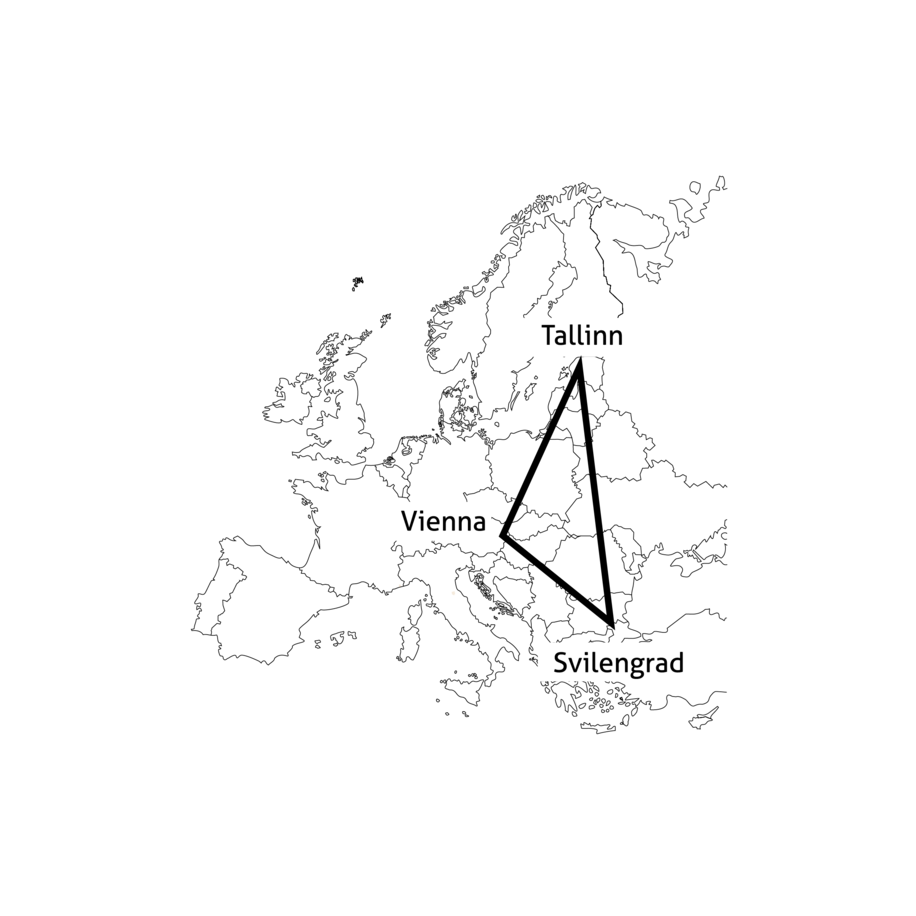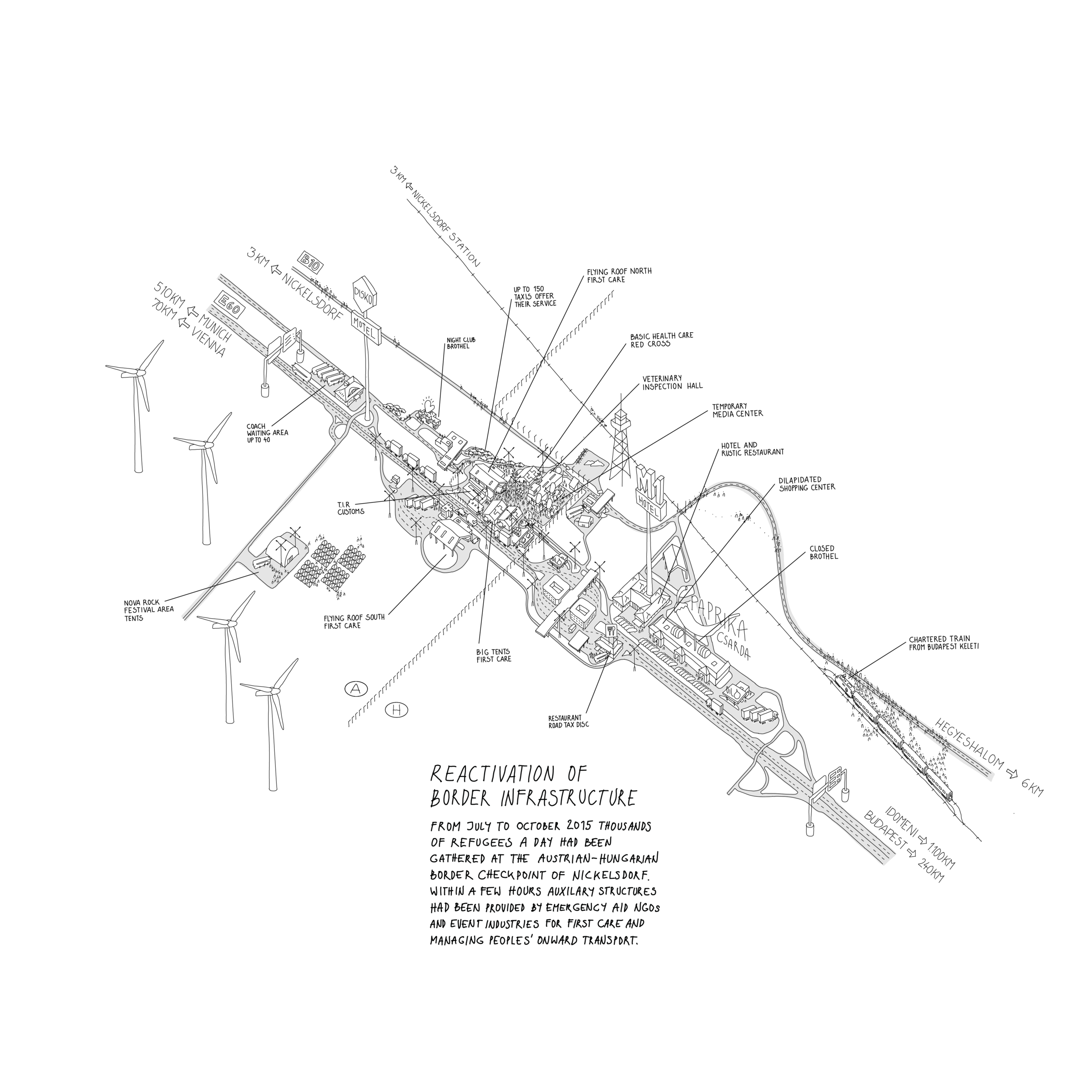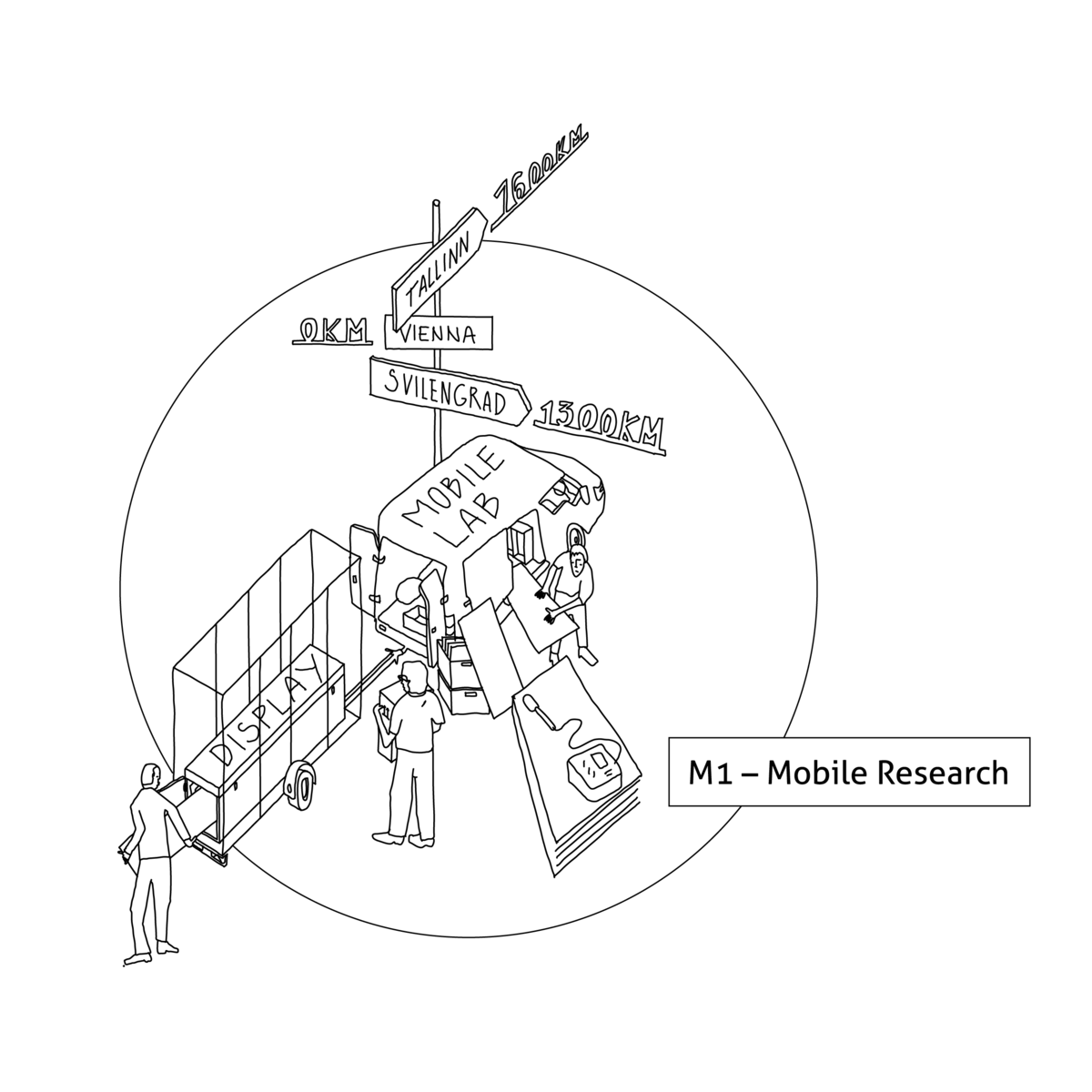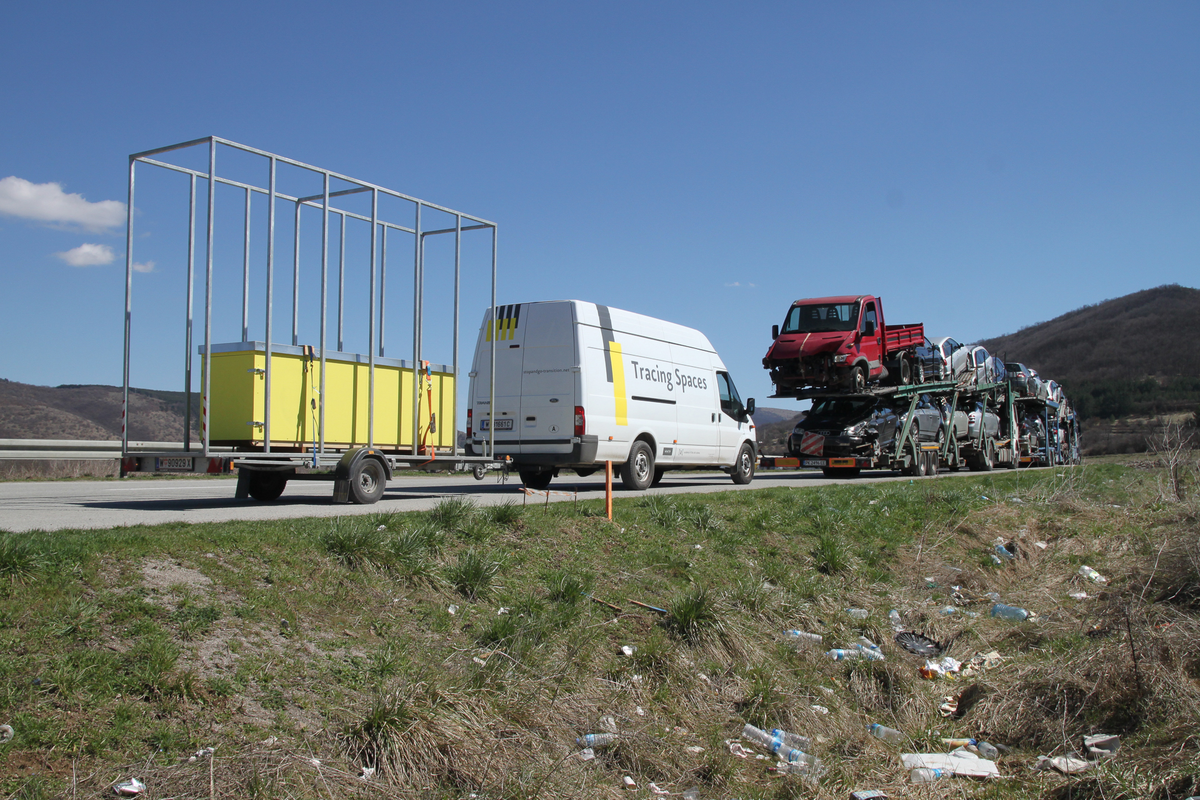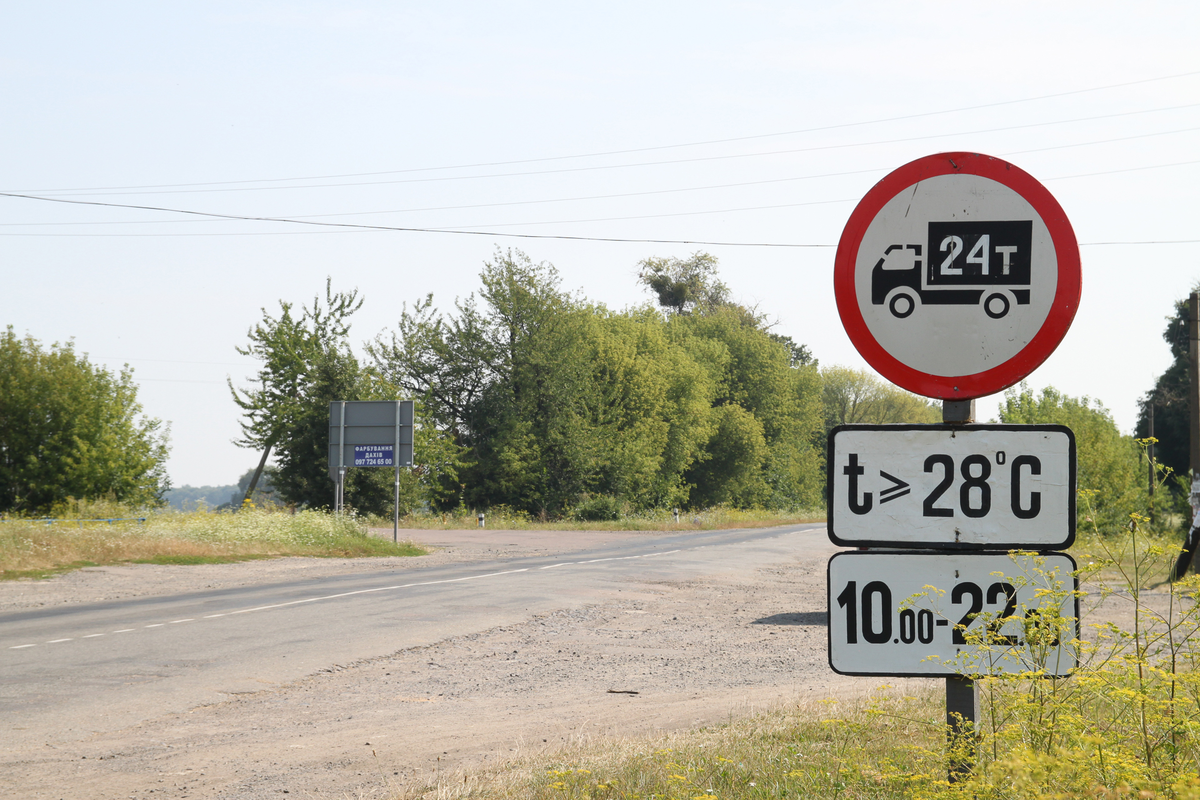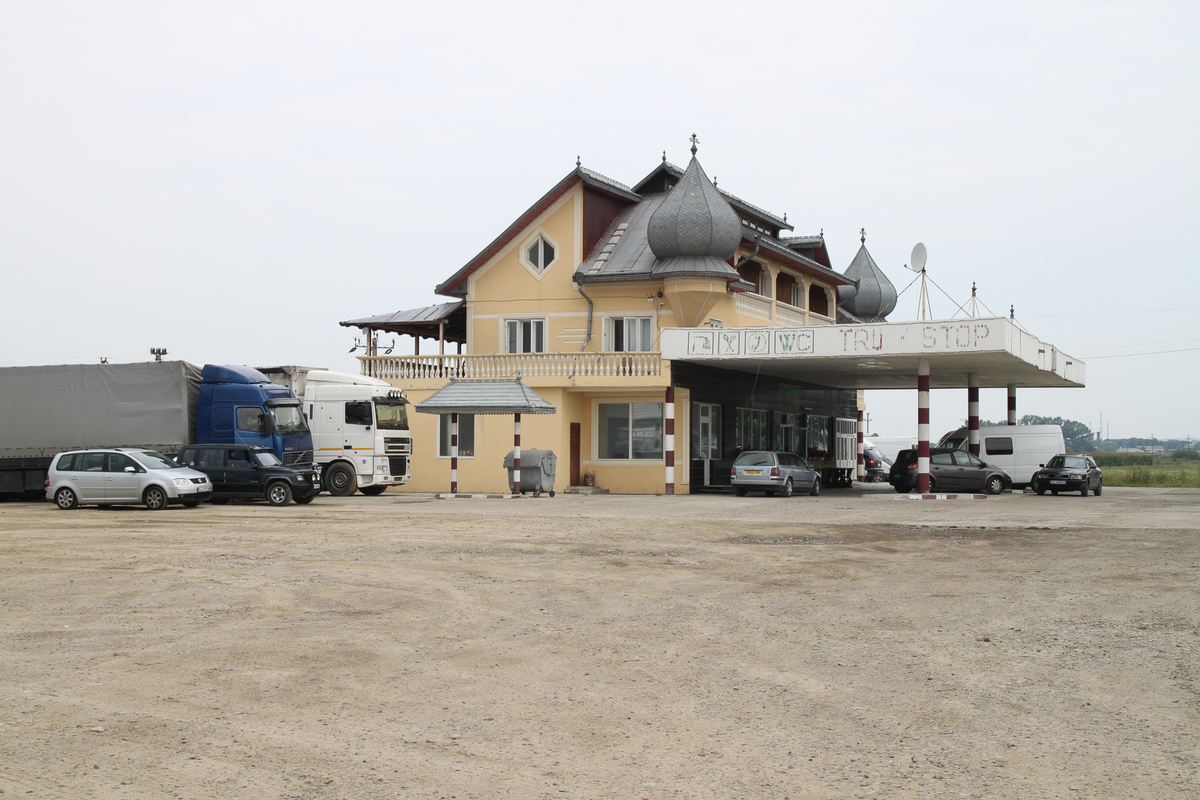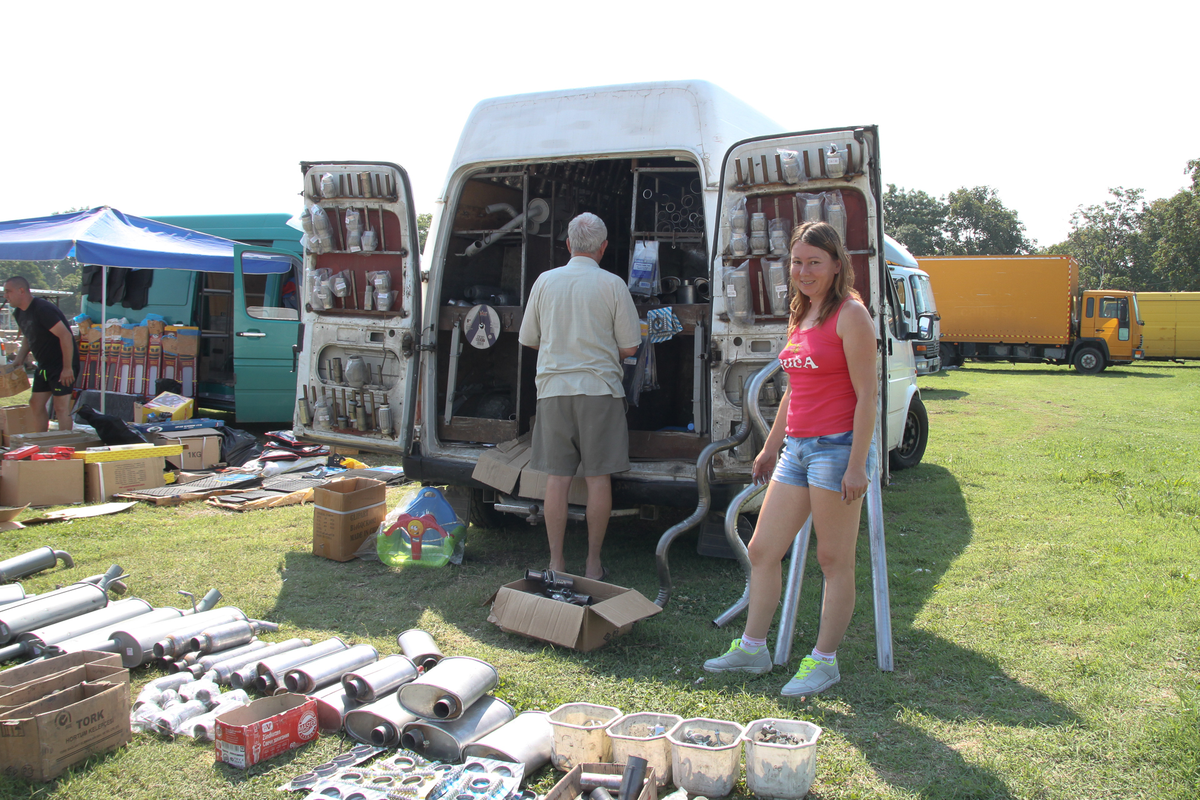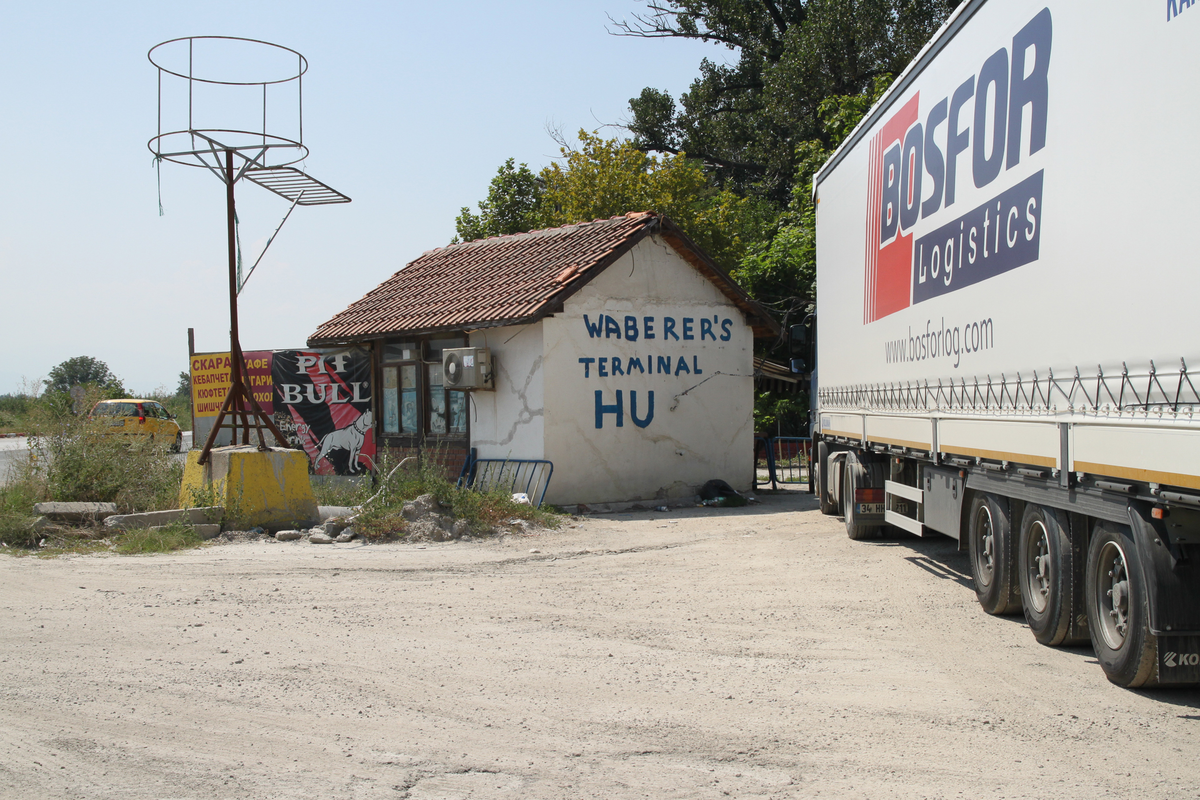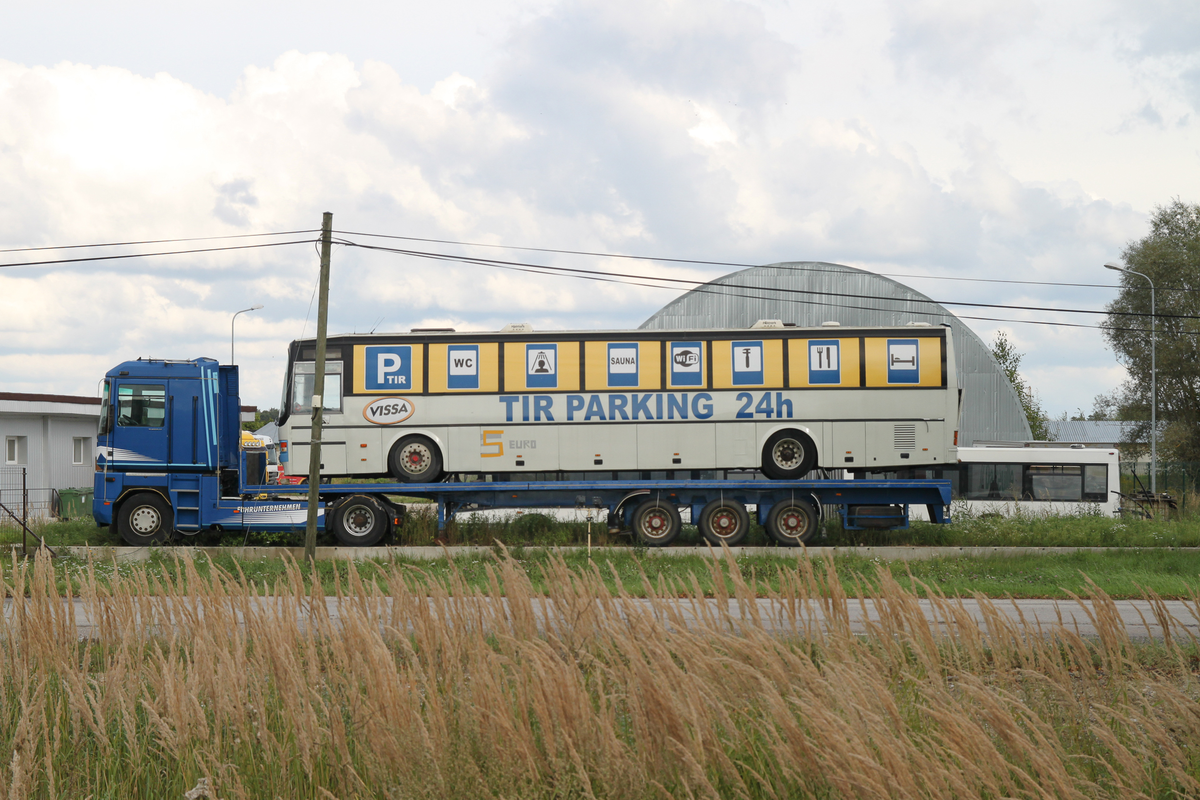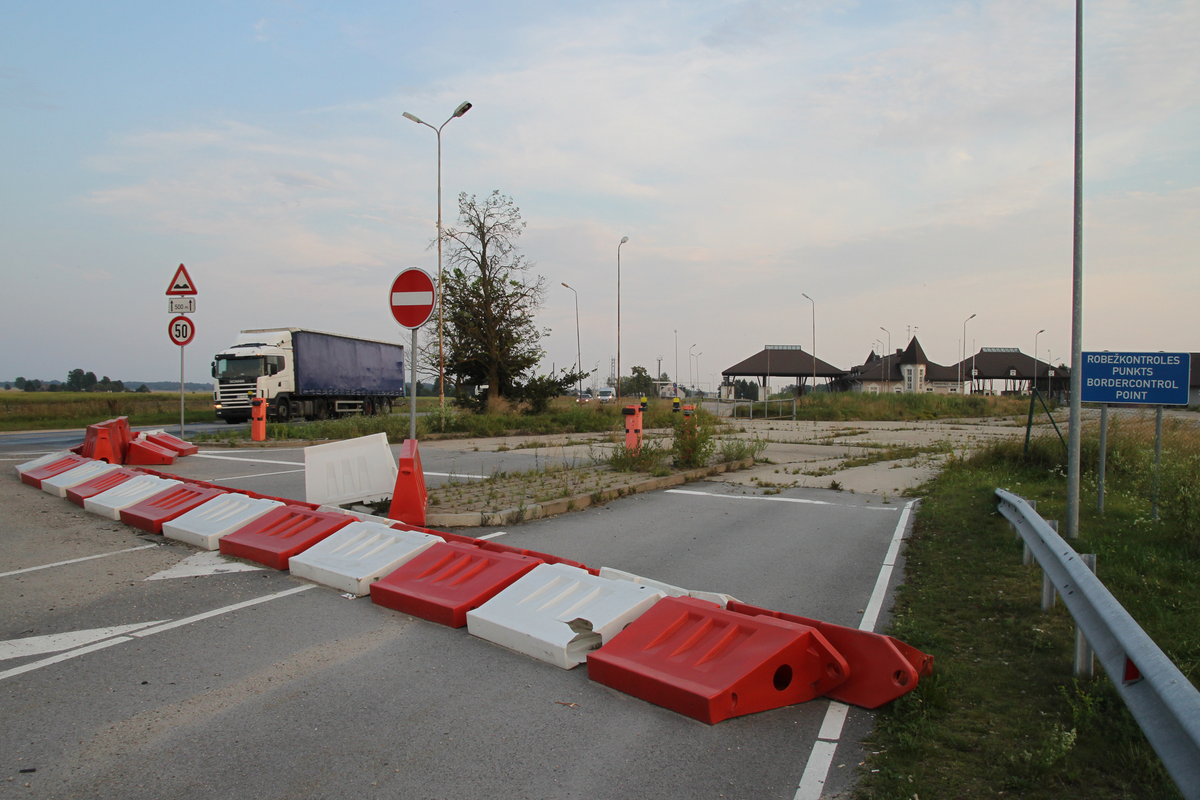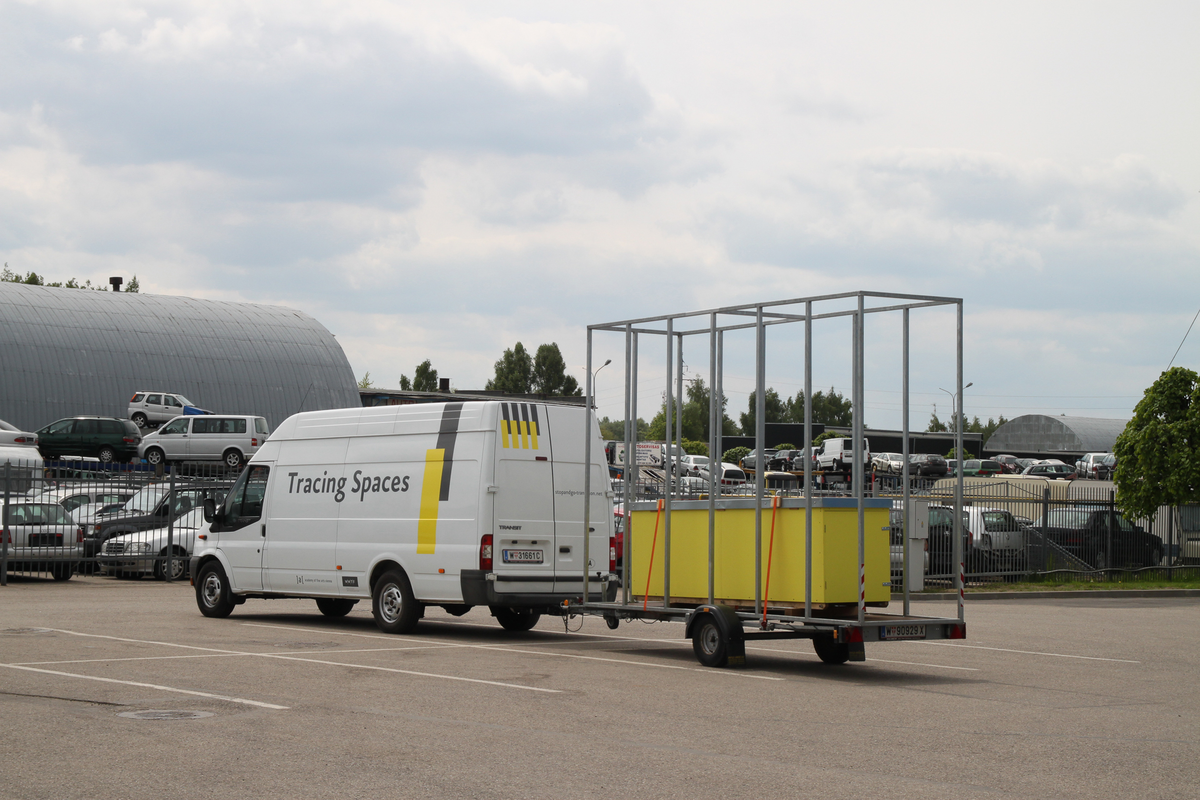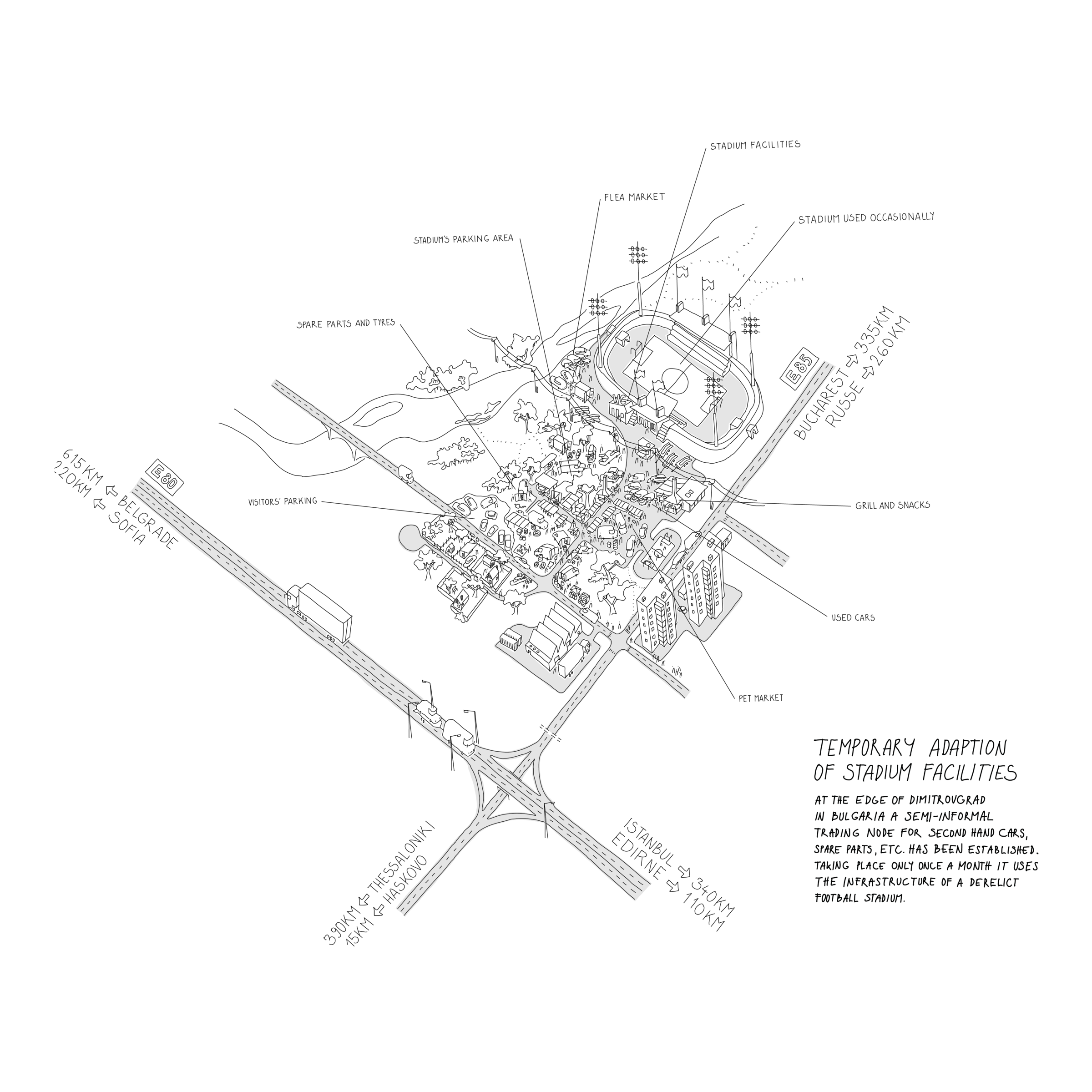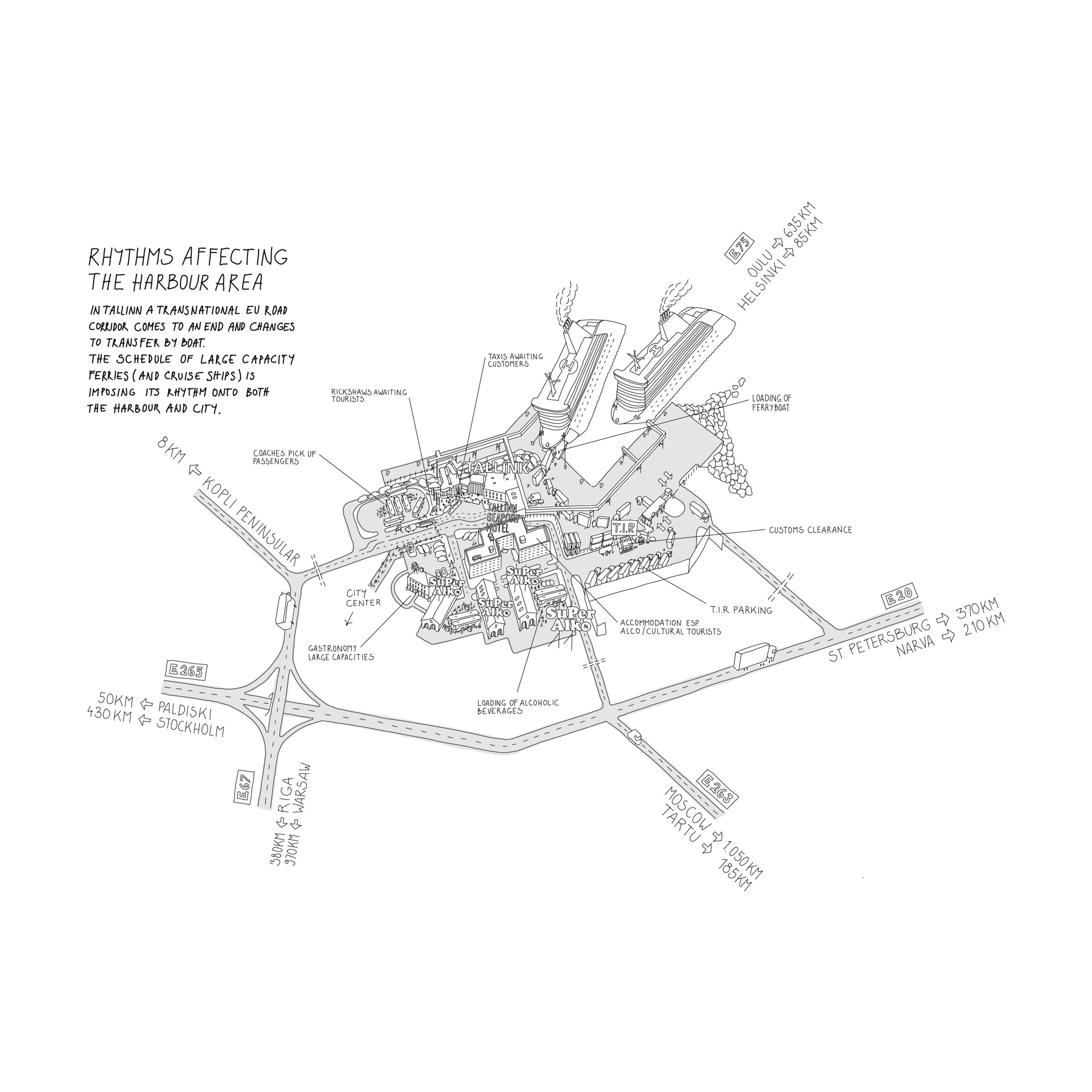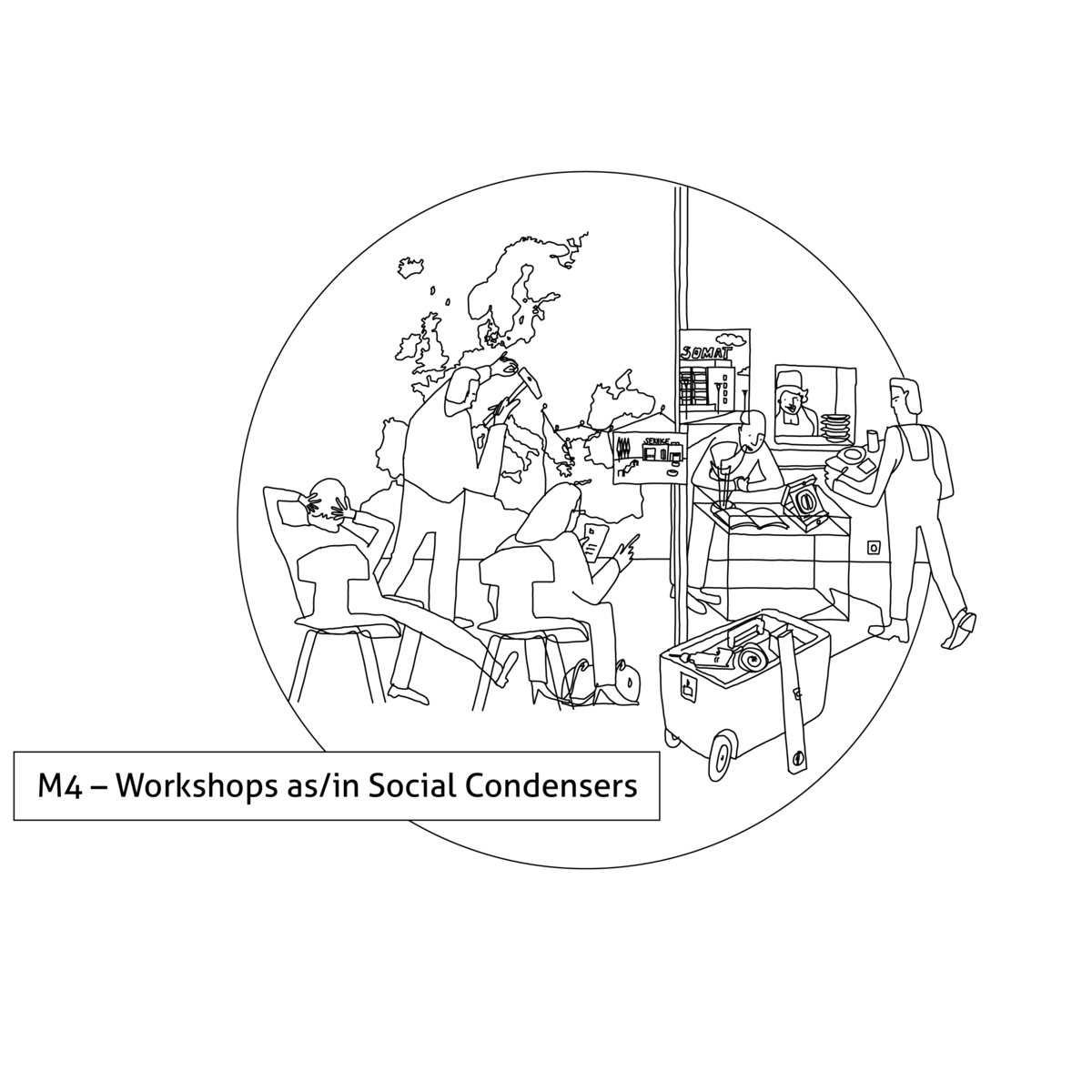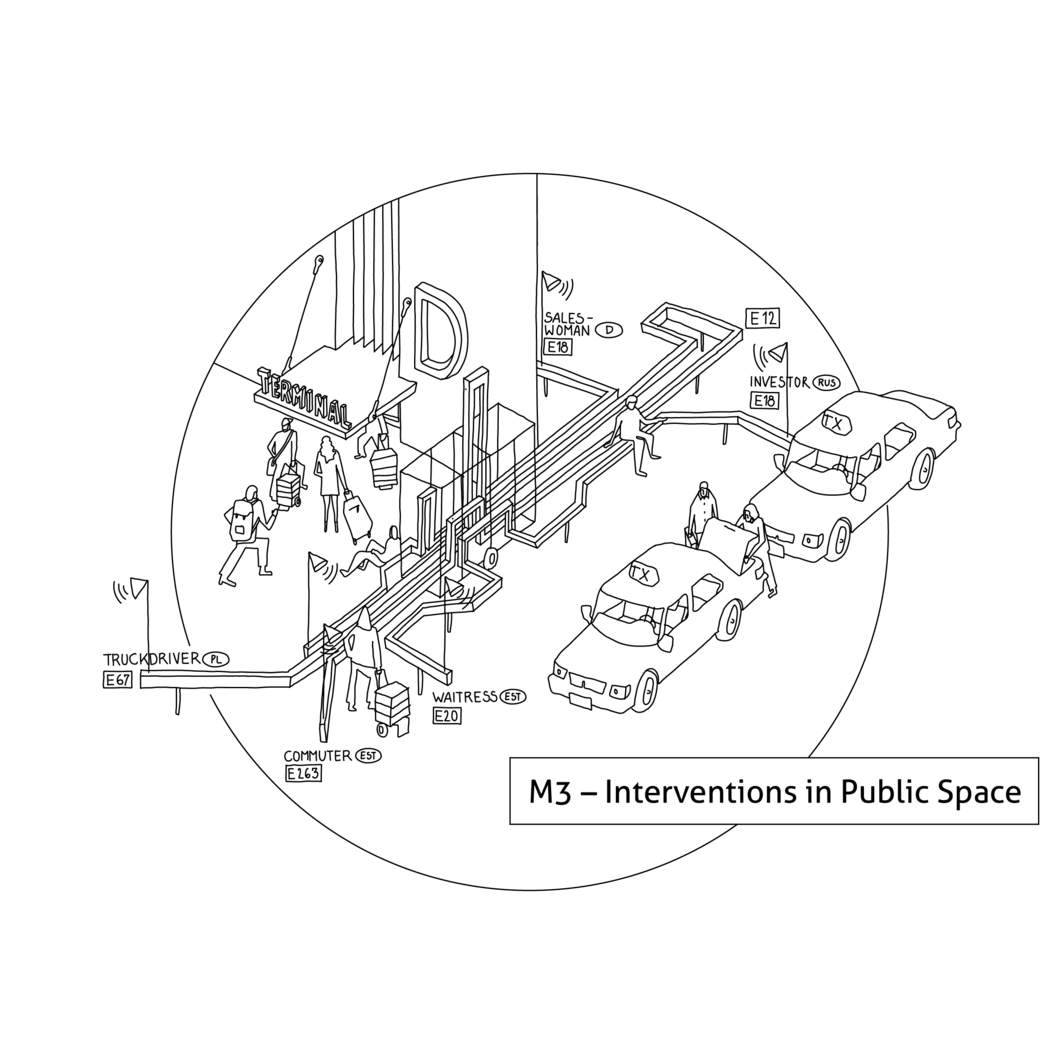This project is based on prolonged (in time) and extended (in space) research at nodes and halts alongside major pan-European road corridors connecting the former East and West in a geographic triangle between Vienna, Tallinn, and the Bulgarian-Turkish border, investigating how people are ‘doing with space’ and what the transformation of road networks and road infrastructures are doing with/to people.
Our perspective: By examining the changes in transnational mobility patterns starting from and arriving in Vienna, a capital of the ‘former West’, the post-socialist transformation of the wider geopolitical sphere – Europe’s former East – can also be easily investigated; meanwhile, Tallinn and the Bulgarian-Turkish border region are located at the two opposite ends of an important north–south axis, which are characterised by quite different geopolitical constellations and tensions, both historically and in contemporary political transitions and urban transformations. The two regions also differ significantly in terms of state regulation and policy, and in the quantity and quality of design.
The so-called Balkan routes, of course, have been of special interest for Vienna, once the capital of an empire that dominated large parts of the region. Since the mid-to-late 1960s the road corridors have gained additional attention because they represent the routes taken both by guest workers travelling from Turkey and Yugoslavia to their workplaces in Germany and Austria and by German and Austrian tourists visiting Yugoslavia, Greece, and Turkey for holiday purposes. During the disintegration wars of the former Yugoslavia, different arms of these corridors were used both by refugees to escape from war-torn areas and by weapon smugglers and weekend warriors to fight at the war fronts. In 2013, the year we submitted our research application in Vienna, Bulgarian and Romanian citizens officially gained full working permissions in Germany and Austria for the first time – a significant delay after joining the EU in 2007. This caused populist politicians and the media in Austria to forebode an ‘invasion’ by migrants from these regions. In 2015, in the interim phase of our research project, Vienna had indeed faced an intense wave of (forced) migration using exactly the Balkan routes – but from very different source destinations, mostly from Syria, but also from Iraq, Pakistan, and Afghanistan, which unexpectedly made our research focus politically hot and timely.
Investigating pan-European road corridors
The Pan-European transport-corridor(s) is the term used to describe the transport connections between the former Eastern European countries and Western Europe. Their implementation and upgrading is a core project of EU infrastructural planning (Richardson 2006). We are dealing here with monuments to the modernisation of both state and multi-state organisations, exceptional technical achievements and financial investments, which are being planned, built, and extended while facing conflicting ideas from inside the planning consortium and its experts (Harvey and Knox 2015) and political and economic pressure from outside (including, e.g., protest against expropriation and ecological counter-arguments). Since they are often contested they are subject to strict controls or at least a marked will towards the imposition of order and control. At the same time, however, they also stand for a great reserve of imagination (Foucault 1986) and imaginaries to which individuals and institutions attach a great number of dreams (and nightmares). These range from anticipated economic growth and transnational reconciliation to troop deployment capabilities (on the government’s side), from motorised escapes from petit bourgeois homes to labour migration and the mass exodus of refugees from war-torn regions. ‘But any given road or highway is socio-culturally many highways at the same time. … The meanings of a road as a product are open to [those who build it and] those who use it, experience its existence, … or even just expect it, or its rhythmic flows’ (Dalakoglou 2017, 11, 13). In fact, while being built and in operation these corridors function as magnets (Stewart 2014, 552), attracting both things and individuals that move into their orbit or accumulate around them. These experiences are registered and reflected in construction records, official control body statistics, mass media news clips, stories of the daily lives of road users and residents, popular songs, artworks, and research reports such as ours.
Nodes
In our research project we had focused on places where, for various reasons, the flow of traffic stops or is interrupted – bus terminals, ferry ports, parking places for international lorry drivers (TIR), motorway service stations, logistics centres, formal and informal markets, or border crossing stations along the corridors. The strategies of both the government (and supra-governmental) institutions and large-scale concerns can be discerned from how they control the flows of mobility. This applies to the different routes as well as to the motives and mobility biographies of the passing actors, ‘doing with space’ in various ways (Lussault and Stock 2010, 12). Sometimes, during the process, these anthropological non-places (Augé 1995) – where, at best, objects communicate with one another – undergo transmutation into intimate anchor points in the daily routines of the multi-local existences of highly mobile subjects. They become places where trade might happen and where rituals and routines of relaxation are developed and contacts are initiated with regions in which their destinations, origins, or targets lie; but it is also where they engage in cultivating and maintaining on-the-spot, fragmented communities.
After the fall of the Iron Curtain, ‘leaking eddies of small-scale traders’ began to spread along the road corridors between what was the East and the West. According to Karl Schlögel (2009), these traders were responsible for furthering the unification of Europe from below well before EU financing resulted in the development of infrastructure and large-scale logistics companies built their huge hubs and trading centres. But the implementation of new modern traffic infrastructure followed in parallel with the expansion of the EU, albeit with different delays, speeds, and qualities. New highways might improve accessibility and accelerate connections between some places but eventually might also disrupt access between others by interrupting old paths or by bypassing entire regions. On new highways the flow of traffic becomes increasingly organised and monitored, and there is hardly any place left for the traders who attempt to earn a living by doing business on the edge of the road, like those plying their trade along the old low-speed corridors that pass through villages and towns, and, in particular, close to major crossroads or border stations.
This transformation of transit spaces generates a dynamic polycentric model of multi-local urbanity (Bittner, Hackenbroich, and Vöckler 2006) comprising interconnected archipelagos whereby each archipelago represents only a single station on a route taken by individuals or by objects in their vehicles. They are not, however, permanent and may become obsolete or fall into disrepair to be replaced by new nodes (elsewhere). Alternatively, informal nodes may tend to become formalised and controlled so that new informal nodes pop up in other places. These represent ‘polyrhythmic’ ensembles (Crang 2001; Edensor 2011) of urban architecture, mobile objects and individuals that are dependent on rhythmic flows of traffic that grow on a daily, weekly, or seasonal basis to differing densities only to contract again.
Here, apparently, human forms of mobility are inseparably linked with non-human and immaterial forms. Following Gilles Deleuze and Félix Guattari (1987) and Bruno Latour (2005), cartographic techniques would seem to provide the most appropriate tools for the analysis and representation of such multilayered, dynamic networks and hierarchies. Our proposal was to enrich abstract diagrams with comic-like depictions and audio tracks in order to reflect the different scales, levels, and experiential forms of everyday mobility and to provide micro-political narratives in a more intimate space.
The concept and focus of this web exposition
In contrast to the overall research project, which covered a larger scope of formal and informal nodes of different character and density, we focus here on nodes that are highly populated at very specific times: the densification rhythms range, for example, from the lunch break each work day at a truck-drivers’ canteen in Sofia, to the ferry boats that arrive each day every three hours at the ferry terminal in Tallinn; from markets that are open each weekend or only on one day a month, to a unique and remarkable period that lasted for a month during which the border station between Hungary and Austria was overrun by refugees.
In other publications produced in the framework of this project, the authors organised narrations alongside the road corridors they drove (Zinganel and Hieslmair 2015), either in a collection of articles devoted exclusively to each of the case studies (Zinganel and Hieslmair 2016) or in separate exhibition rooms representing the different geographical regions, which visitors have to walk through (Zinganel and Hieslmair 2017).
In this proposition readers or viewers are invited to start from an introductory road map, which presents loosely connected teasers of issues, destinations, and methods to follow. The design offers a sort of ‘road’ of text to the left, a narrative and descriptive path that flows through the research. Although the applied methods are intrinsically interwoven, we have separated them to create a conceptual framework to first ‘drive’ from method to method, instead of from destination to destination. The images spill away from the road, as if they are sprawls of inhabitation and activity, occasionally leading to another road. These side roads introduce how different methods are applied in the field and thereby lead the readers to the routes and nodes of research. This navigation design is intended as a mimetic metaphor for travelling the nodes and infrastructures along the pan-European road corridors – which includes the risk of getting lost and thereby reflects the real life experience of this mobile multi-local research.
‘Stop and Go – Nodes of Transformation and Transition’ was a research project at the Academy of Fine Arts Vienna, Institute for Art Theory and Cultural Studies, funded by Public Spaces in Transition – Call 2013 within the framework of the funding program ‘Social Sciences and Humanities in Vienna’ of the WWTF Vienna Science and Technology Fund.
Principal investigators: Michael Hieslmair and Michael Zinganel | International Partners: Emiliya Karaboeva, Sofia University; Tarmo Pikner, Tallinn University, Estonian Institute of Humanities
